Swamp twinflower
Swamp twinflower (Dyschoriste humistrata) is a low-growing wildflower that occurs naturally along the edges of forested wetlands. A great groundcover option for a moist to wet shady area, it attracts bees and butterflies.
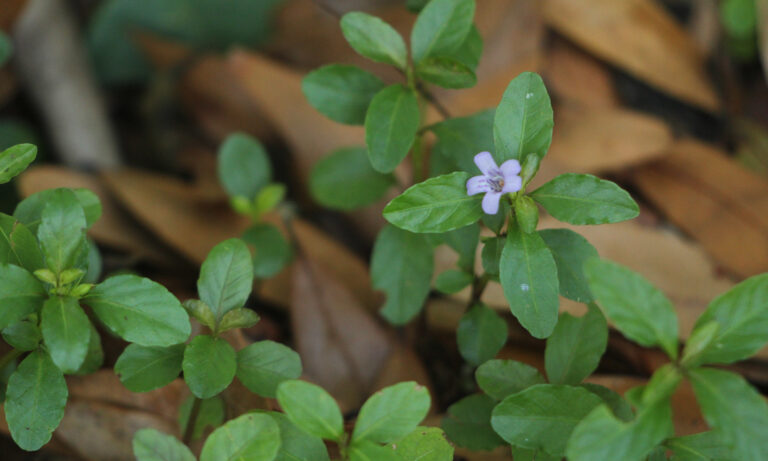
Swamp twinflower (Dyschoriste humistrata) is a low-growing wildflower that occurs naturally along the edges of forested wetlands. A great groundcover option for a moist to wet shady area, it attracts bees and butterflies.
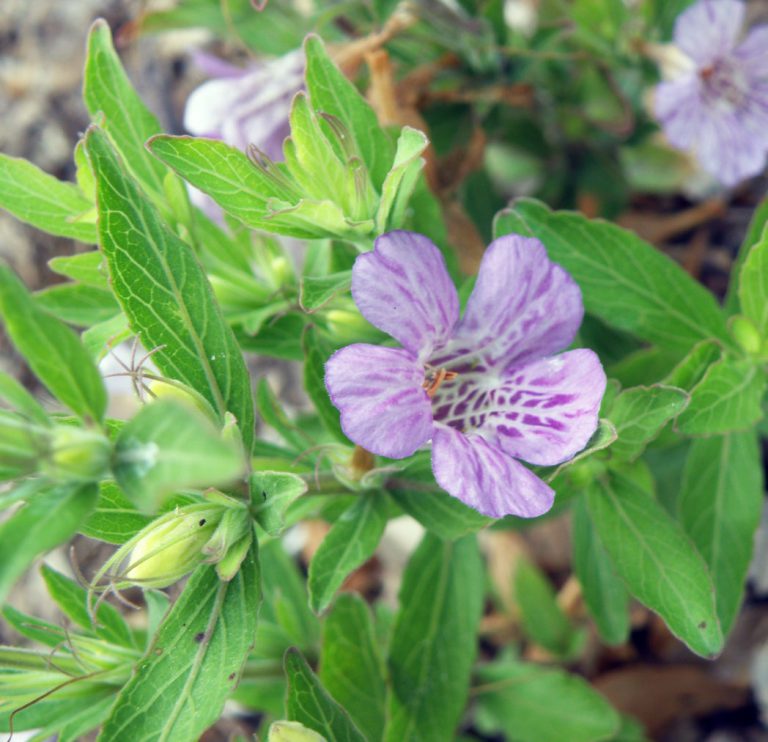
If you are tired of mowing, watering and fertilizing the lawn, consider replacing your turf grass with Oblongleaf twinflower (Dyschoriste oblongifolia), an easy-to-care-for native groundcover.
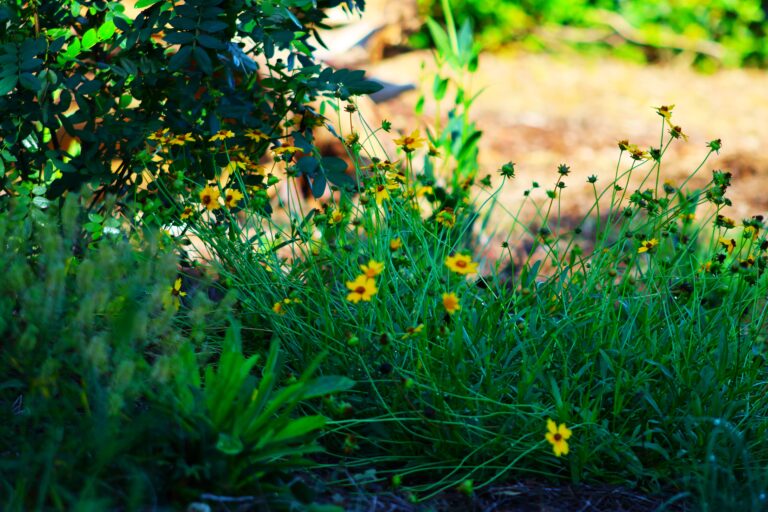
Welcome to our Greenbriar Park Native Wildflower Demonstration Meadow made possible through the Florida Wildflower Foundation Viva Florida grant with cooperation from the Village of Wellington.
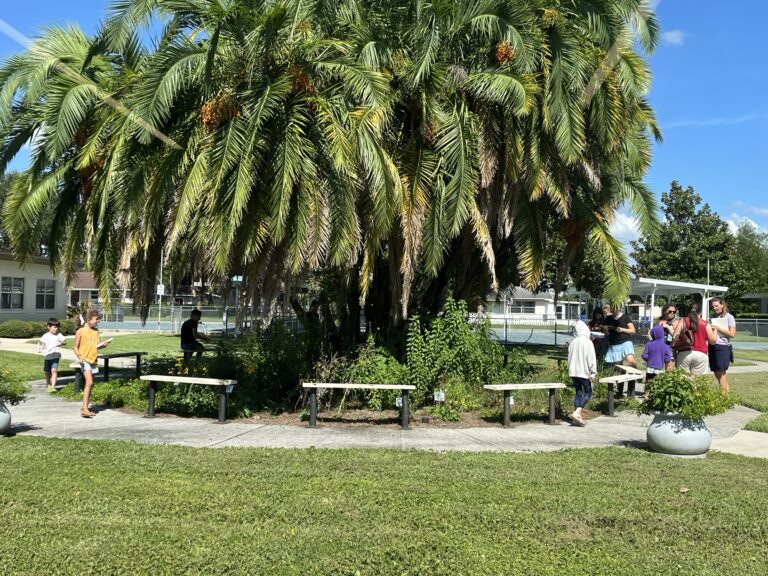
The City of Tavares Public Library in Lake County was selected to pilot the Seeds of Knowledge Library Demonstration Garden Grant in spring 2025
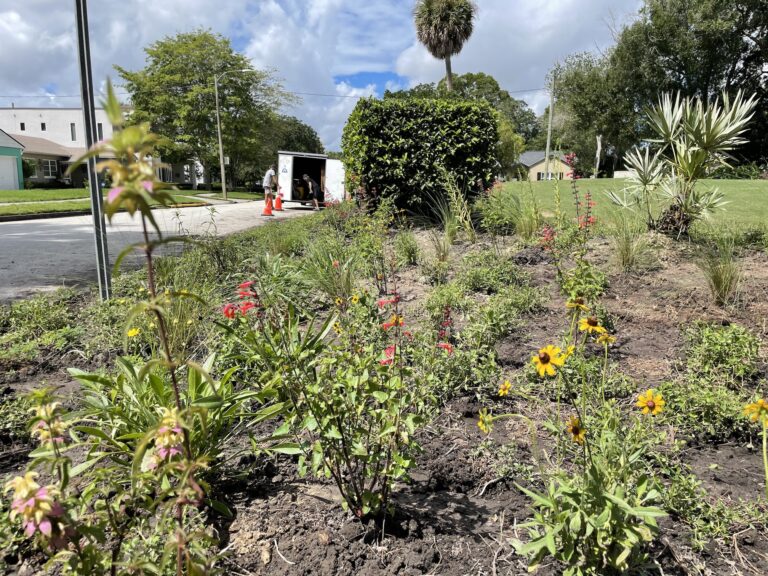
The Dubsdread Golf Course native plant garden utilizes Florida native wildflowers, grasses and shrubs that provide vital habitat for bees, butterflies and other beneficial insects, as well as seeds, berries and insects for birds.

The insects that pollinate our food crops and natural areas are in steep decline. Our suburban landscapes are more important than ever in supporting them. No place for a garden? No problem! Our new video and handout can help you create a small pollinator oasis in a pot! Versión en español disponible.

The Micanopy native plant garden utilizes Florida native wildflowers, grasses and shrubs that provide vital habitat for bees, butterflies and other beneficial insects, as well as seeds, berries and insects for birds.
Who doesn’t love spring? It puts us in a happy place to see plants bursting forth with new green leaves and a promise of growth. For gardeners, it’s a very busy time as we plan, pull weeds and plant.
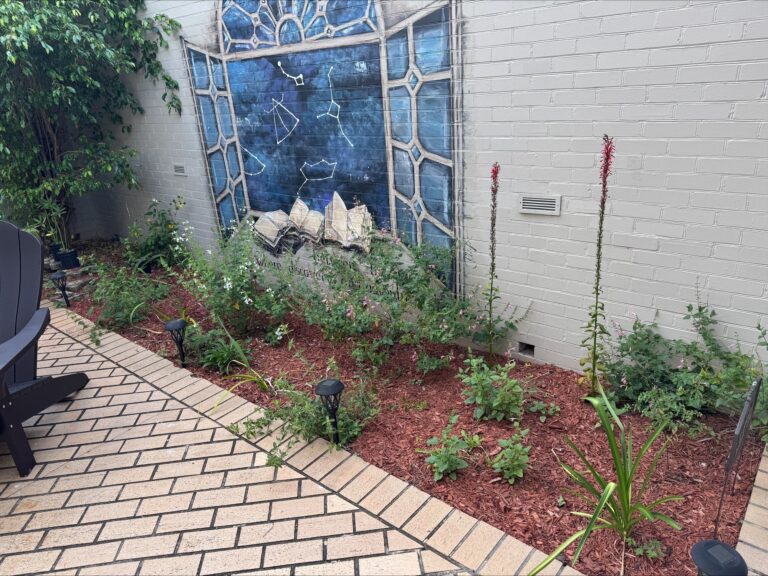
The Hernando County Public Library in Brooksville was selected to pilot the Seeds of Knowledge Library Demonstration Garden Grant in spring 2025

Micanopy celebrated its 200th anniversary with a new Pollinator Victory Garden, supported by a Viva Florida grant. The garden will provide food, shelter and habitat for pollinators and be a centerpiece for this historic town.
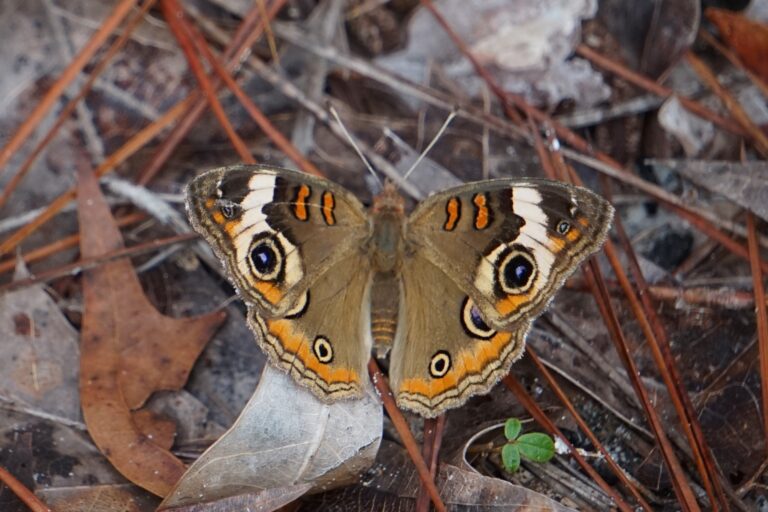
Despite this butterfly’s intimidating eyespots and tendency to chase passing objects, the Common buckeye is anything but aggressive. It is the most widespread of Florida’s buckeye butterflies, found in all 67 counties.
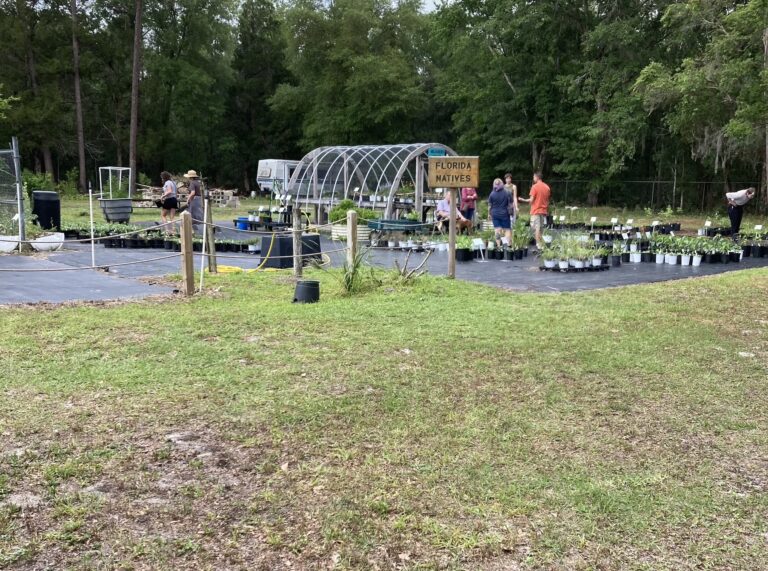
A native plant demonstration garden at Grow Hub: 2900 NE 8th Ave, Gainesville, FL 32609